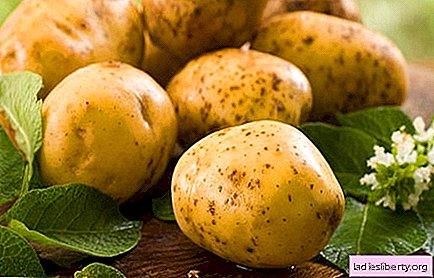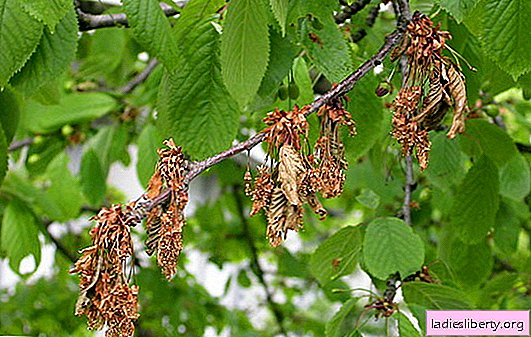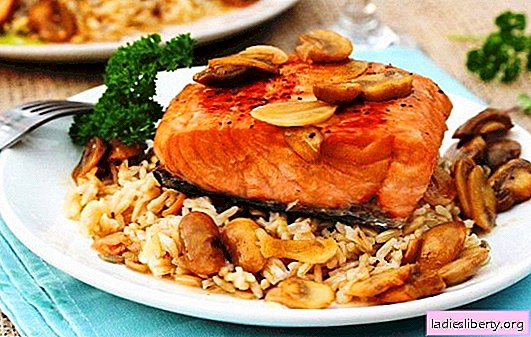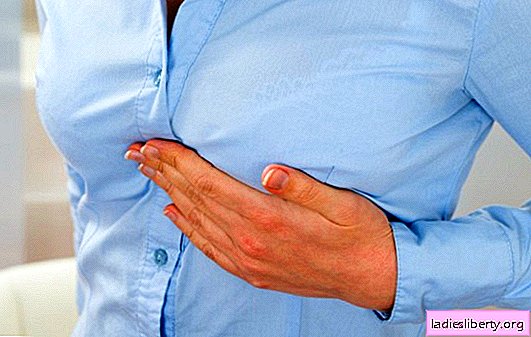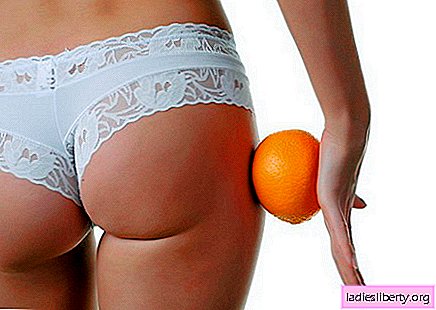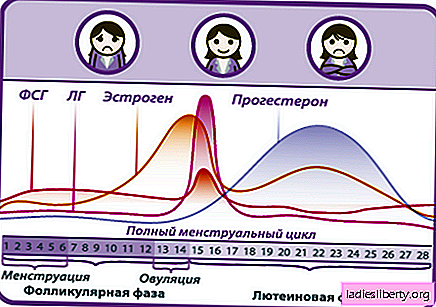
A woman’s health condition is largely associated with the menstrual cycle, and is influenced by hormones. On certain days, one feels a rise in strength and mood, appearance improves, on other days, on the contrary, a deterioration of physical condition, a decrease in tone, and mood swings occur. Also, certain periods of the cycle are associated with migraines, abdominal pain, discomfort in the mammary glands, nervousness, depression, etc.
Menstrual cycle
The menstrual cycle is counted from the 1st day of bleeding and lasts from 21 to 35 days (28 on average). During this period, certain processes occur in the ovaries and uterus of a woman, accompanied by hormonal changes.
On the first day, prostaglandins are released, causing vasoconstriction and bleeding. In this case, especially against the background of low blood pressure, a woman may have migraines, lower abdominal pain and general malaise.
Further, up to the middle of the cycle (about 14 days), the egg cell is matured, which is accompanied by a rise in the level of estrogen. These are the most "female" hormones. They have a beneficial effect on appearance and well-being. Therefore, the first half of the cycle is the most favorable for women, physically and emotionally.
At the time of ovulation (3 days in the middle of the cycle) the level of male hormones, especially testosterone, increases. It gives strength, energy, enhances sexuality. The woman is at the peak of beauty and health. This is the time of possible conception.
In the second half, from about 14-16 days until the end of the cycle, progesterone rises. This is a "pregnancy hormone", it acts until the body realizes that conception has not happened. An increase in progesterone causes symptoms called PMS - premenstrual syndrome: mood swings, slight fluid retention (1-2 kg), drowsiness, food whims, breast augmentation, etc.
What is important to know
Practically all women, to one degree or another, are subject to physical and mental changes under the influence of the processes of the menstrual cycle, including PMS. This is normal if it does not cause anxiety and does not impair the quality of life. But if the premenstrual syndrome becomes pronounced and knocks out of the usual rhythm, this may indicate a hormonal imbalance. This condition can and should be adjusted.
How to eliminate PMS
Strong PMS, accompanied by migraines and abdominal pain, emotional instability, fluid retention, chest discomfort and other unpleasant manifestations, can be alleviated by certain measures. Diet, physical activity, painkillers, primarily antispasmodics have a beneficial effect.
Manifestations of PMS are usually associated with hormonal imbalances. To harmonize the ratio of hormones of the female body for a long time used medicinal plants. The most famous of them is Agnus castus - Vitex sacred.
It was used for the treatment of female diseases in ancient Greece at the time of Hippocrates. Agnus castus helps normalize the level of the hormone prolactin and also regulates the balance of estrogen and progesterone and, during course of use, normalizes the course of the menstrual cycle, eliminating breast pain, irritability and other manifestations of the premenstrual syndrome.
Mastodinon®
 Agnus castus is part of the non-hormonal drug Mastodinon®. This phytotherapeutic agent is a combination, it also includes:
Agnus castus is part of the non-hormonal drug Mastodinon®. This phytotherapeutic agent is a combination, it also includes:
stalkist vastilistnikovy, alpine violet, thorny bitter, orris multicolored, tiger lily.
Additional plant substances enhance the effect of the fruits of the sacred Vitex and improve the overall condition of the female reproductive system. An important difference of Mastodinone is that it is a clinically proven drug with a high evidence base. Mastodinon® produced in Germany by the company "Bionorika" on the most modern technologies using innovative techniques from environmentally friendly raw materials. This drug not only helps to eliminate the symptoms of PMS, but also affects its causes. Feeling good all month is real!


